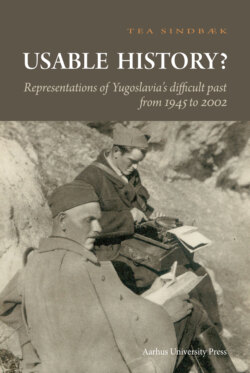Читать книгу Usable History? - Tia Sindbaek - Страница 28
Settling accounts
ОглавлениеThe new Yugoslav regime made little attempt at internal reconciliation, as all guilt of war crimes and massacres was isolated to the enemies of the Partisans, and thereby, according to the communist representation, to the enemies of the people. These enemies were, apart from the occupying Axis powers, primarily the Ustasha, the various Chetnik movements, and Serbia’s pro-Nazi administrators. While most representatives of these parties had either fled or been annihilated by the Partisan army at the end of the war, in the immediate post-war years regime soldiers still chased remaining Ustasha and Chetnik units. A number of military trials were held against representatives of the Catholic Clergy, who were accused of collaboration with the Ustasha and participation in war crimes and slaughtering. The fact that these trials and condemnations were not particularly discussed in the public sphere shows that they were mainly intended as punishment and elimination of former enemies and criminals, not as official statements.24
In 1946, however, major trials were held against top representatives of anti-communist and anti-Partisan movements, and these trials were meant, at least partly, as public statements. The trials were widely broadcast and substantial material from the courtrooms was published with the obvious aim of stigmatising enemies of the new regime as traitors and collaborators. The following investigation of the two greatest trials, against the Chetnik leader Draža Mihailović and the Archbishop of Zagreb, Alojzije Stepinac respectively, show how these two main enemies of the communists were presented, and how wartime massacres figured in these representations.
